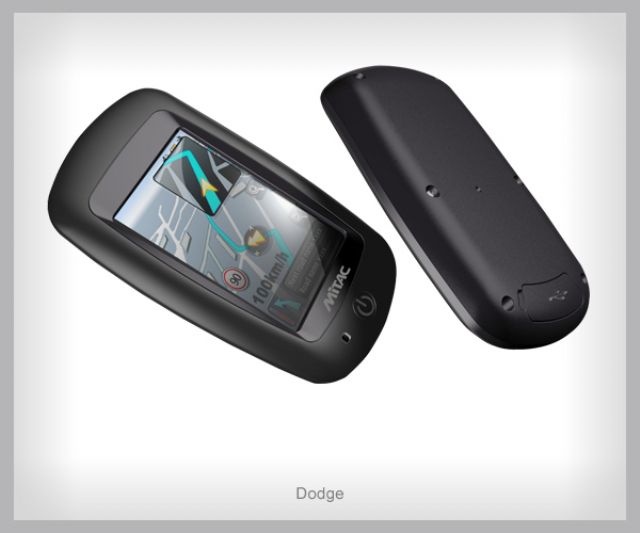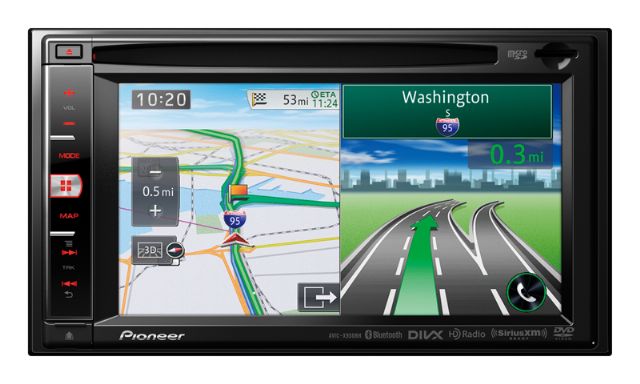Worldwide PND Shipments Fall to 22 M. Units in 2013: Berg Insight
2014/11/14 | By Quincy LiangGlobal shipments of Personal Navigation Devices (PNDs) declined from 28 million units in 2012 to 22 million units in 2013, according to a new research report from the analyst Berg Insight, which says signs show slowing decline and some emerging markets are still experiencing growth.

However, on the whole the PND market is set for continual downturn globally. Berg Insight forecasts that PND shipments to decline to 10 million units worldwide by 2019.
Taiwan is a major global production base of PNDs with several major contract assemblers and vendors, who have mostly diversified into digital vehicle recorder (DVR) or multi-functional products to counter lower revenue due to falling global demand.
PND Market Downturn
A number of developments are affecting the PND market, the research firm says. Retailers have reduced shelf space and marketing of PNDs in favor of other consumer electronics. Competition from other navigation solutions, especially navigation apps, is also intensifying. Over time, PNDs will also face further competition from in-dash navigation systems as more car brands launch low-cost systems.

Moreover, the installed base of PNDs is already high and replacement cycles are likely to be extended since PNDs have matured considerably and many devices are sold with lifetime map updates, giving users less reason to replace existing devices as frequently, Berg Insight says.
The user experience for handset-based navigation apps is improving through better in-car integration. Some vendors have released Near-field Communication (NFC)-enabled car mounts enabling owner to configure handset to turn on GPS and launch navigation app upon placing phone in mount. A majority of car manufacturers have also started to offer smartphone integration solutions that connect vehicle's infotainment system to user's smartphone via Bluetooth, Wi-Fi, USB or HDMI, hence enabling display and control smartphone apps via in-car touch-screen and controls.
Higher smartphone adoption along with broader availability of low cost and free navigation apps are important factors for the continued increase in usage of mobile navigation services worldwide. “The number of mobile subscribers worldwide using a turn-by-turn navigation app on handset at least once per month grew from 150 million in 2012 to 180 million in 2013”, said Andre Malm, Senior Analyst, Berg Insight. He adds that in most markets, smartphones from major vendors now come bundled with free navigation apps. The leading navigation service providers on a global basis include Google, Apple, Telenav, Appello Systems, Nokia and Garmin. Examples of major local players include AutoNavi and Careland in China, SK Planet in South Korea, NAVITIME and ZENRIN in Japan, as well as Navitel and Yandex in Russia.
Despite increasing competition from free navigation apps, many mobile operators still market their own navigation services developed by companies such as Telenav, TeleCommunication Systems and Appello Systems. “App developers and operators are now trying to monetize navigation apps by introducing premium features and advertising. Developers are also forced to reduce cost as competition increases, for instance by adopting OpenStreetMap data to reduce map licensing fees”, concludes Malm.




